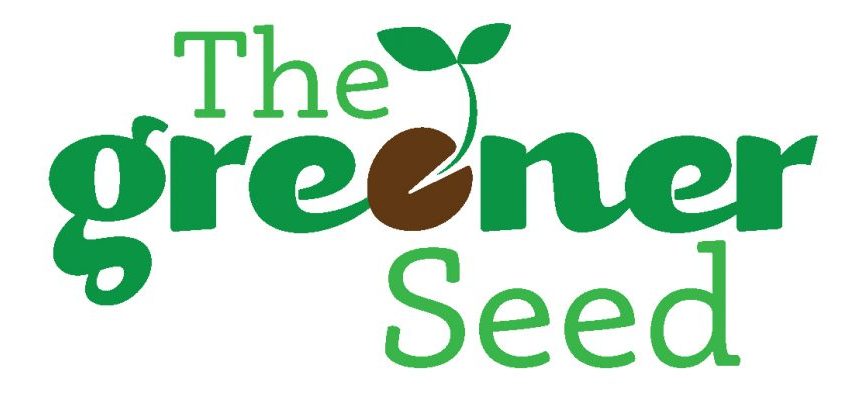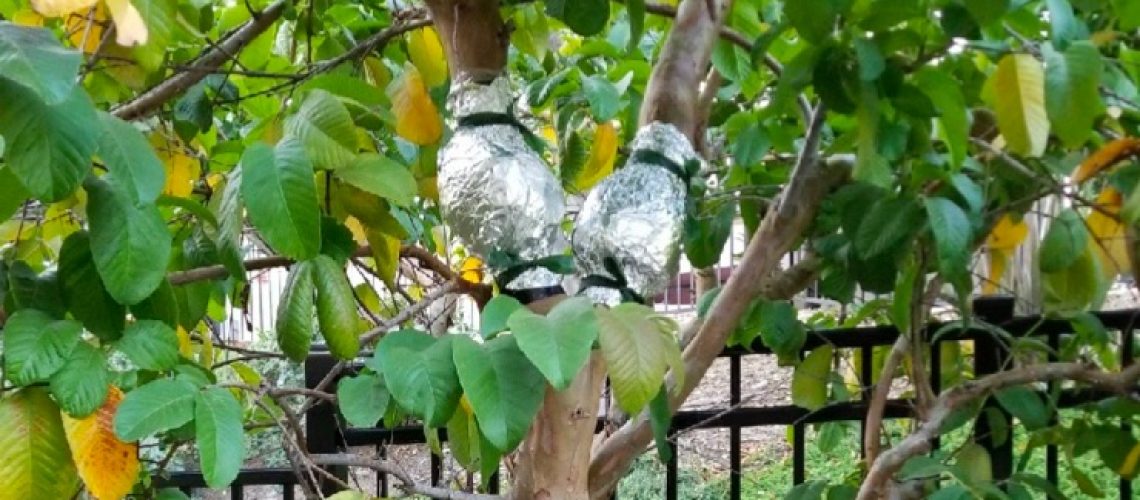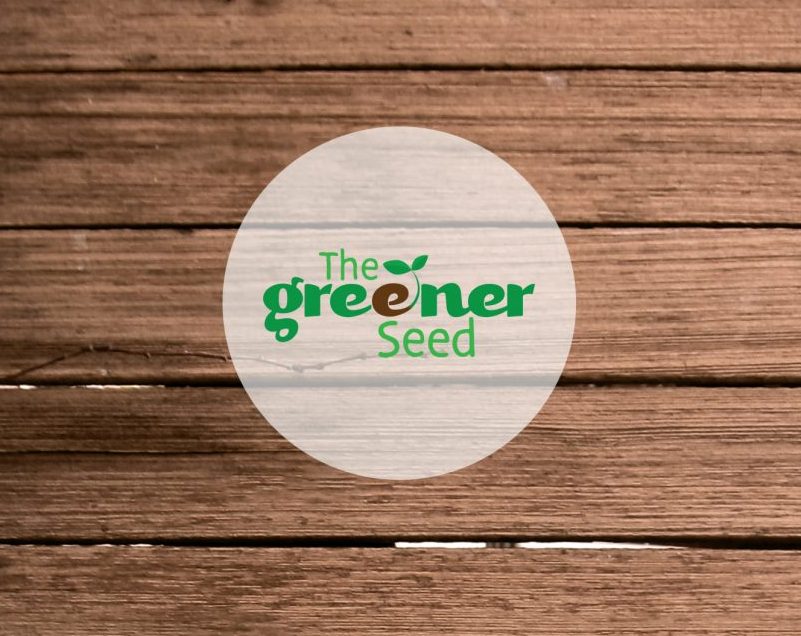This weekend, as part of our ongoing backyard garden project, we needed to trim some of the guava trees back. I never like to cut back trees but in this case, without doing so, the guava trees do not have room for new growth and consequently do not produce much fruit.
One variety we grow called the Mexican Cream guava has become a huge tree. It produces the most delicious fruit! I have not tasted a better quality guava as ones from this tree. Of course I wanted a copy of it!
Last year, when we decided to cut the tree back, I decided to experiment with air layering. I’ve grown many plants by rooting the cuttings but have never tried rooting the branch while on the tree, much less on a huge tree! By air layering a tree, we can guarantee that it will produce fruit sooner than if grown from seed, and the fruit will be as good as the tree from which the branch was taken. Guavas are also not true to seed. That means the seeds inside the fruit do not necessarily produce the same fruit; it depends on what was cross-pollinated with the flower of that particular fruit. It’s possible you can spend years growing a guava tree from seed and obtain a surprisingly different guava variety than you anticipated.
Here’s what we did: After I decided which part of the tree we were going to remove, we scored about a one-foot section each on two of the large branches; this allows you to remove the outer layer of bark. Then we scraped off the cambium layer that is right underneath.
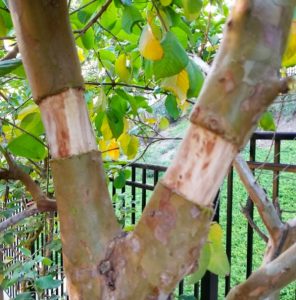
After soaking some sphagnum moss in water, we applied it around the freshly cut area and then wrapped it with a plastic bag, sealing it tight with gorilla duct tape. we finished it up by securing a layer of foil around it. The foil protects the roots from sun once they form and also discourages birds from pecking it.
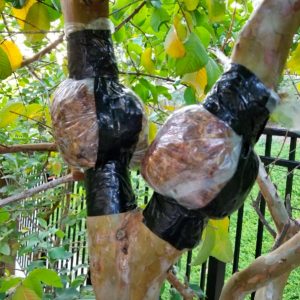
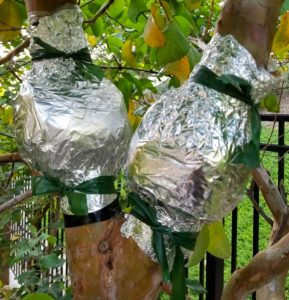 Ideally, you should check on the roots after a few weeks, or even a few months. I meant to check it sooner but life got busy. Plus it wasn’t easy to check because I needed to get the ladder out and climb up to unwrap it. So fast-forward to a year later. We are working on the yard again because we are quarantined at home. We cut off the air layered branches and to my surprise, both branches had grown roots!
Ideally, you should check on the roots after a few weeks, or even a few months. I meant to check it sooner but life got busy. Plus it wasn’t easy to check because I needed to get the ladder out and climb up to unwrap it. So fast-forward to a year later. We are working on the yard again because we are quarantined at home. We cut off the air layered branches and to my surprise, both branches had grown roots!
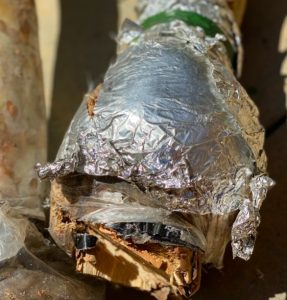
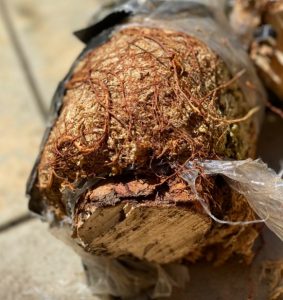
We soaked them in a big bucket of water to hydrate them and planted both branches in large pots! Now we have two more copies of the same guava tree!
Also, since we trimmed much of the original tree, including some areas just starting new growth, I also took several cuttings, applied rooting hormone and put them in loose soil in smaller pots. If those cuttings root, we will have several more copies.
These processes reflect the idea that life wants to continue and grow. I merely experimented and it was successful! Air layering works because it mimics a process in nature where a branch may be broken by an animal walking by or by other life circumstances. It may still be attached to the tree and touching the ground. The damaged branch will root into the ground and become an independent tree with its own life force. Plants want to live on. And because they want to live, if you just provide the right conditions, they will take off and become fruitful, returning the energy back to you, the caretaker.
